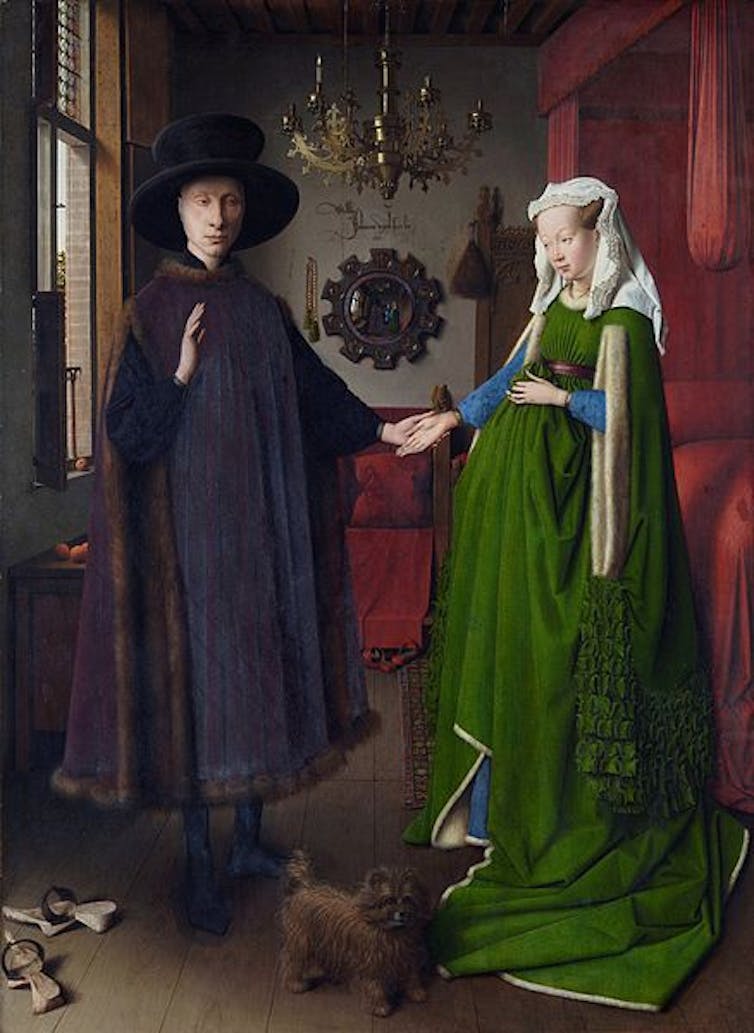
In most societies where marriage customs are documented, some men are allowed to take many wives. Only the wealthiest and most powerful men, mind you, get to marry multiply. And their sexual despotism leaves many men unable to find a wife, and to take that stake in society that comes with having a family of their own.
I’ve written before about the unhappy consequences for societies where too many men are unable to compete on the mating market. In my recent book, I considered the relationships between evolution and marriage norms, and especially the causes and consequences of polygyny. Which is why I’m excited about a new review paper with a disarmingly simple title: “The puzzle of monogamous marriage.”
The three authors, Joseph Heinrich, Robert Boyd and Peter J. Richerson are all established heavyweights in teasing apart the complex interactions between evolution, economics and cultural and social processes. The result, in this case, is an impressive review.
Their review explains why - at the level of societies - monogamous marriage norms have been so successful. Even though 85 percent of documented societies allow polygyny (one man marrying many women) and a very small number allow polyandrous marriage (one woman takes several husbands), societies that only sanction monogamous marriages have thrived. Moves toward institutionalised monogamy have been tied to the ascendancy of ancient Greece and Rome. And religiously-sanctioned monogamy preceded the rise of European democracy.
Heinrich, Boyd and Richerson argue that “the norms and institutions that compose the modern package of monogamous marriage have been favoured by cultural evolution because of their group-beneficial effects - promoting success in inter-group competition.”
Arguments about group benefits still make many evolutionists nervous. Genetic evolution that occurs when some groups out-compete other groups is likely to be much more limited than when individuals out-compete other individuals. But the transmission of cultural practices from successful groups to less successful groups happens all the time. Especially when the cultural practice itself is responsible for the wellbeing, economic success or military might of the group.
The authors make a solid case that societies, and most of those who dwell in them, benefit richly when they stop sanctioning polygynous marriage. And with this success, the monogamous marriage customs also spread outwards.
Polygyny creates conflicts among individuals with far-reaching consequences for the society as a whole. Most importantly, polygyny creates a very strong incentive for men to strive to take many wives. And an even stronger incentive not to be among the many men left unable ever to marry.
It is an argument made in various forms before, that monogamy, by reducing the number of men who never marry, and by eliminating the incentive for married men to strive for more wives has a number of salutary consequences for most men and nearly all women.
And from their argument, they draw some important predictions:
We predict that imposing monogamous marriage reduces male reproductive competition and suppresses intra-sexual competition, which shrinks the size of the pool of low-status, risk-oriented, unmarried men. These effects result in (i) lower rates of crime, personal abuse, intra-household conflict and fertility, and (ii) greater parental investment (especially male), economic productivity (gross domestic product (GDP) per capita) and female equality.
This is a rich and important topic, ripe for robust debate. But it’s a perfect example of how our understanding of history and society can be enriched by an understanding of the evolutionary, economic and cultural influences that interact to shape the behaviour of individuals.
In a paper this brief, the roles of rulers, religions and democratic institutions in promoting and opposing the establishment of monogamy can only get a minor mention. I imagine that much interesting research will flow from these ideas, exploring how confliciting interests between women and men and between wealthy and poor people shaped not only marriage norms, but the way our societies work more generally.
